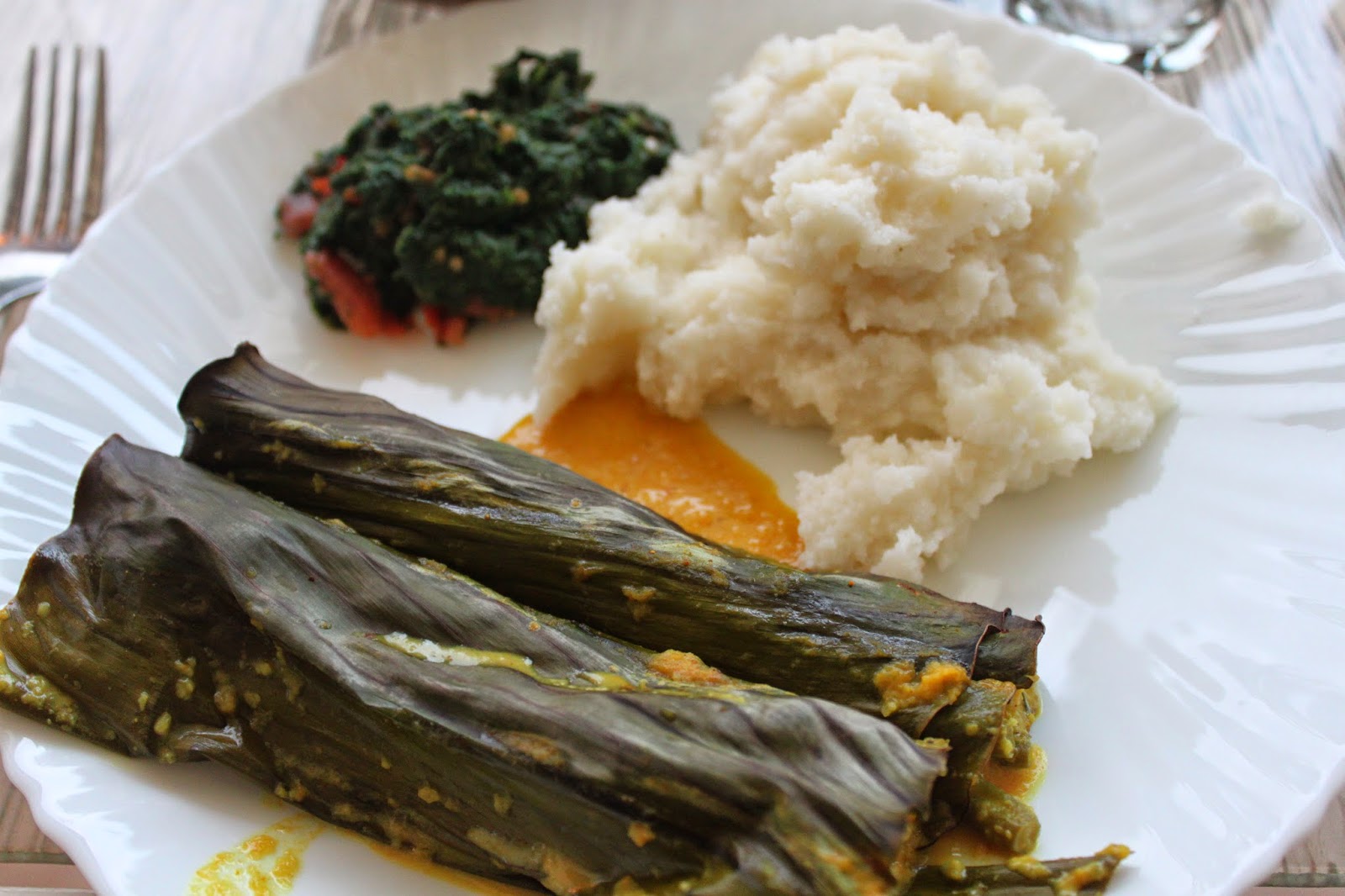We have just completed another harvest
season here in southern Africa. Though crops grow year-round, the main
sustenance here is a little thing I’ve mentioned often: maize.
Though we have oodles of personal pictures
from harvest, this year I thought I’d instead share some more
about how the lifeblood of this country -sadza- comes into being. I’ve said before that this dish is a staple, but
that may be underselling it a bit. Most in the country would not be alive
without this food.
 |
| This sign, recently taken at a local orphanage, is the perfect example of how much survival for the economically-challenged is based entirely on one carbohydrate. * |
Maize is made into drinks: called maheu, this drink is thick, creamy, and slightly gritty and sour. (Left to ferment, it can also become an alcoholic drink.) I gag on this stuff; it is an acquired taste that I cannot seem to... acquire.
Maize is eaten at breakfast. Called porridge, it sometimes can have sugar,
lactose (a fermented milk), or peanut butter in it.
Maize is eaten at lunch/afternoon tea. Called sadza (or mealie meal or mealie pap), is often eaten plain or
with a “relish” made of greens and sometimes salt or MSG seasoning.
Maize is eaten as a snack. It comes in the form of roasted ears of corn available on roadsides, or as popcorn, or as a puffed corn snack called "maputi" found in bags at stores.
Maize is eaten at dinner. As the largest meal the day, dinnertime sadza is eaten with greens or vegetables, or if one is lucky, a special treat of meat. Here is how it gets to many dinner plates:
Maize is planted in our country during the months of August and September. This can be tricky, as the rains do not start until late October. Dependent upon weather (especially rainfall), harvest of the maize occurs in April or very early May. Below we are harvesting on a sunny fall day in late April. Though it is not a practice everyone around the country has learned, in places like the field below, pumpkins (mboora) or African cucumbers are grown on the ground, able to vine themselves up cornstalks in a symbiotic-like relationship that helps soil erosion and nutrient balance.


If dry enough, the maize plant can be chopped at the bottom and the ear can be cleaned right away.


If the plant is not dry enough, the stalks are cut and then piled (left) and left to dry for three or four days before being cleaned (right).
The ears are separated from the husk and silk. The old stalks will be piled up for feeding cattle later during the dry winter.


If a family has them, bags are passed out to collect the ears of maize that have been pulled off the stalks. Otherwise, piles are made, then ears are moved with a cart to the interior of a building to stay dry.
Family and friends sometimes return to the rural areas from the cities to help with harvest.


Because of this, harvest can often be a happy community event with big meals and many reasons to gather in celebration.


Above we wash our hands at a hostess' home before having tea, sweet potatoes, and bread.
This would usually be done in the kitchen hut, like the one above, but because the community gathering was so large, we instead sat on tarps spread on the ground (below).


As customary, the women sit lower and separate from the men.
After tea we return to the fields. Here our little guy helps with a side section of popcorn.
The stalks look pretty much the same; only inside the husk do the kernels look slightly different.
As the harvest ends, sounds of thanks and celebration are a happy moment.
The maize will sit and dry some more.
When completely dry, the small dry kernels are scraped off the ears. They will be ground initially with stones to break them up a bit, then stored in bags until they are needed.

As the maize meal is needed for sadza, a family takes their slightly ground maize to a mill. It sometimes must be carried many kilometers. The mill pictured above is at an orphanage. The orphanage is lucky to have this gift; it is used by the orphanage, but many surrounding families come and pay a small fee to grind their maize here, also. In this way the mill serves as a money-making opportunity for the orphanage.

There are many differing grain-sizes of meal. Roller meal is the largest (and cheapest, being ground down the least), and must be cooked the longest to be edible. The highest quality meal in the country is a very finely ground meal called pearlenta.
After being ground,the meal looks like white sand. It is cooked with hot and cold water, a large pot, and always a wooden spoon.
Sadza is cooked thicker than breakfast porridge so it can be eaten with the hands. Women get some huge upper arm muscles from making this dish so often!


Here it is, from farm to dinner plate. A maizing!
magwinya- a fried African bread I will post about someday...
kapenta- small dried fish often cooked in tomatoes.
lacto- the same as lactose; a fermented milk
maheu- a maize drink
porridge- cooked mealie meal (maize)
samp- cornmeal mush made from maize kernels ground slightly larger than mealie meal
soya- soybeans












